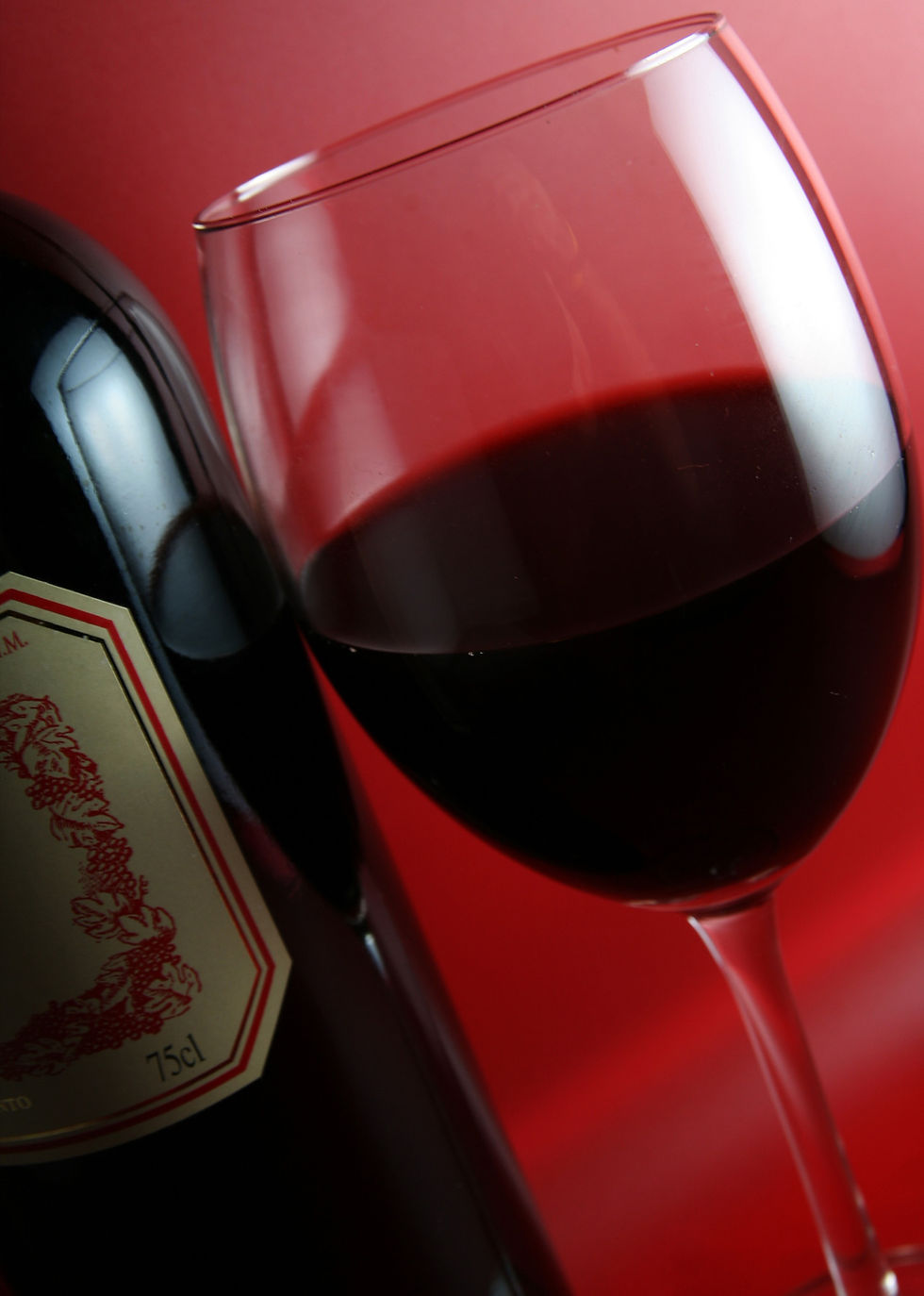All About Cabernet Sauvignon
- Wine Hobbyist
- Aug 28, 2023
- 2 min read
Updated: Sep 23, 2023
By far, Cabernet Sauvignon stands tall as an icon of elegance, depth, and complexity. This variety has a rich history and a global reputation for producing exceptional quality and character wines. In this blog post, we delve into the world of Cabernet Sauvignon, exploring its origins, characteristics, and the regions that have mastered its cultivation.

The Noble Heritage of Cabernet Sauvignon
Cabernet Sauvignon originated in the Bordeaux region of France, where it is still a dominant grape variety in the renowned Bordeaux blends. This grape is the result of a cross between Cabernet Franc and Sauvignon Blanc, combining the best attributes of both parents. Its ability to age gracefully and develop complex flavours over time has contributed to its worldwide popularity.
Distinctive Characteristics
What sets Cabernet Sauvignon apart is its remarkable balance between power and finesse. Its deep, dark colour and robust tannins provide a strong backbone, while its aromas and flavours range from blackcurrant, black cherry, and bell pepper to cedar, tobacco, and sometimes even hints of mint or eucalyptus. These complex profiles make Cabernet Sauvignon a delight to explore, as each bottle reveals its unique personality.
However, one of the most alluring aspects of Cabernet Sauvignon is its remarkable aging potential. The high tannin content and natural acidity ensure that well-made Cabernets can evolve and improve over decades, developing secondary and tertiary aromas that add layers of intrigue.
Collectors often lay down Cabernet Sauvignon bottles for extended periods, eagerly anticipating the transformation that time bestows upon the wine.
Terroir and Regions
Cabernet Sauvignon is grown in numerous wine regions across the globe, each imparting its terroir-driven nuances to the wines. With its Left Bank (Medoc) and Right Bank (Saint-Emilion, Pomerol) appellations, Bordeaux remains the benchmark for Cabernet Sauvignon blends.
In a Bordeaux Red, Cabernet Sauvignon can be blended with the following grapes: Merlot, Cabernet Franc, Petit Verdot, Malbec, and Carménère. That said, the most common blends out of Bordeaux are Cabernet Sauvignon and Merlot.
Napa Valley in California, known for its warm climate and diverse soils, produces some of the most iconic New World Cabernets. In fact, some would say that Napa Valley is synonymous with Cabernet Sauvignon.
Important to note is that at one point, there used to be a distinct difference between the Cabernet Sauvignon blends from Bordeaux versus Napa Valley. Still, as time goes on, I have started to notice oak forward and high alcohol wines coming out of Bordeaux; these are traits I had aligned with Napa, but it is more complex today, and not as easy to sense the source or place of what is in the bottle.
Other notable regions include Tuscany's Bolgheri, Australia's Coonawarra, and Chile's Maipo Valley.
Ultimately, Cabernet Sauvignon is a wine of timeless allure, revered for its ability to embody strength and sophistication. Its journey from vineyard to glass encapsulates the artistry of winemaking and the nuances of terroir. Whether enjoyed in its youth or savoured after years of aging, a glass of Cabernet Sauvignon promises an exploration of flavours, aromas, and textures that tell the story of its origins and the dedication of those who crafted it.
So, the next time you uncork a bottle of this noble varietal, raise your glass to the legacy of Cabernet Sauvignon – a true testament to the timeless beauty of wine.
Comments